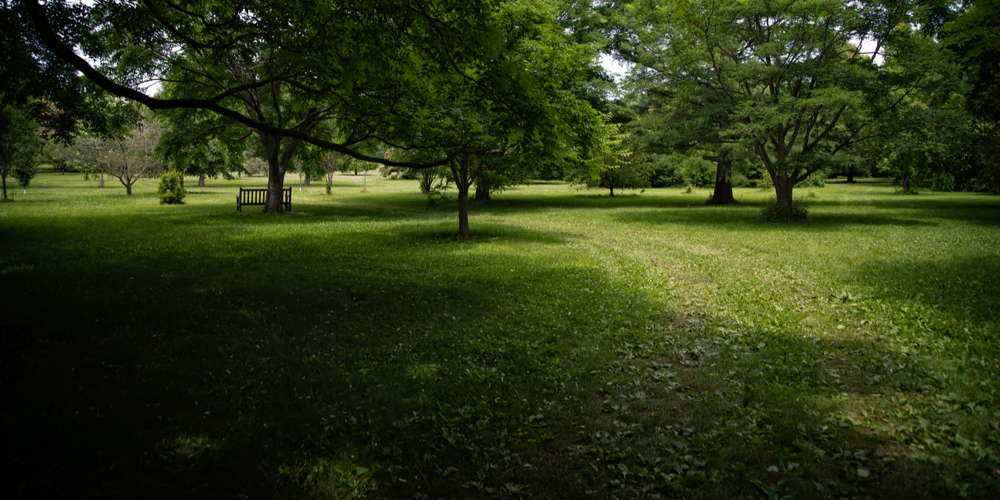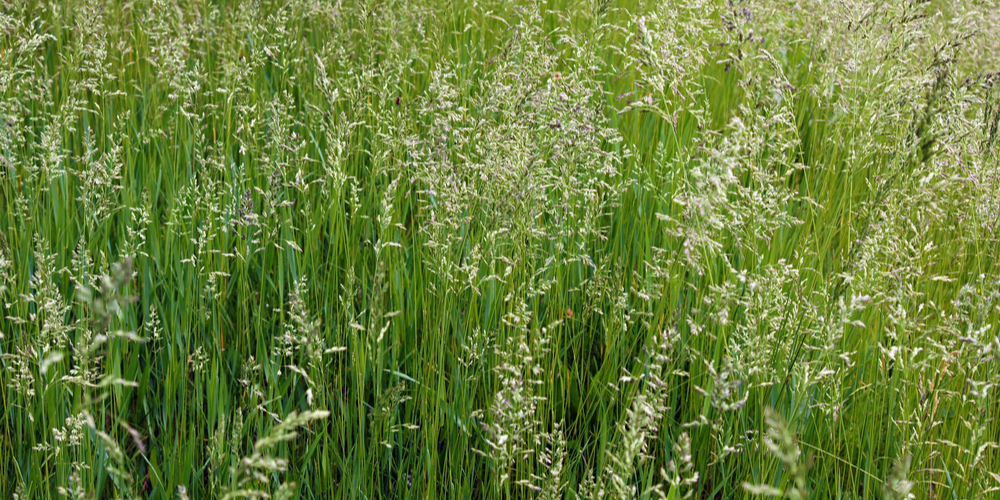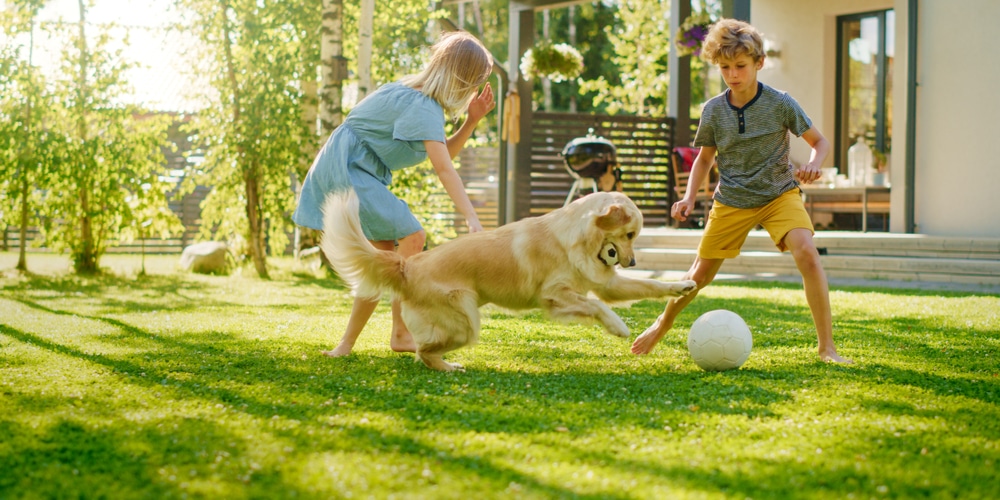Choosing the perfect grass for your turf in Texas means selecting the best compromise between cold and shade tolerance. After all, even snow flurries and ice find a way to cover North and South Texas from time to time. So, spending some time researching and finding some varieties will pay off in the long run.
What grass grows well in the shade in Texas? The type of shade grass, Texas climate, and soil in your area will determine the most suitable turfgrass variety for your lawn.
But in general, the three most shade-tolerant grasses are Centipede, St. Augustine, and Zoysia.
Some residents may experiment with Buffalograss and get good results. But the latter can only grow in partial shade and grows best in full sun.
Best Shade Grass Texas Citizens Can Sow In North Texas

Warm-Season Grass: Centipede & Zoysia
Both Centipede and Zoysia grass are good choices for lawns in northern Texas. Of the two, Zoysia is the most shade tolerant. Plus, it has a couple of varieties that beat the competition hands down.
Zoysia japonica and Z. matrella are the ideal grass varieties for Northwest Texas. Matrella is the most shade-tolerant variety, while Japonica is the most cold-hardy. But more importantly, you can mow them as low as 1.5 inches.
Centipede grass also tolerates a low mowing height from 1 to 2 inches. But it only performs well in the 7b and 8a areas—approximately from Greenville to The Woodlands.
Centipede has flatter, wider blades than Zoysia. And while they could coexist in the same yard, taking the Centipede out of the Zoysia for aesthetic reasons is highly recommendable. Then again, Zoysia tends to turn brown sooner than Centipede during an extended drought. So, you might end up with brown patches and creeping Centipede grass everywhere.
The Only Texas Cool-season Grass That Likes Shade: Tall Fescue
Tall fescue grows best in the northern suburbs from Childress to Texarkana. But you can also sow local varieties in colder places like Amarillo, Pampa, and Plainview.
In detail, its shade tolerance is ideal for tree-lined gardens and semi-covered backyards. Yet, if you want a green turf under your oak trees, the best cool-season shade grass Texas can nurture is not grass at all! Technically, in fact, monkey grass (Ophiopogon japonicus) is a groundcover.
Tall fescue is a low-maintenance option that only requires regular watering in the hot summer months. It stands up well to foot traffic. So, you can seed it everywhere you want lush turf all year round.
Shade Grasses For Southern Texas
Warm-Season Grass With Low To Medium Shade Tolerance: Buffalo grass and St. Augustine
While Buffalo grass has low shade tolerance, St. Augustine displays medium to high shade resistance. And to be precise, Buffalo grass does better in South East Texas, while St. Augustine is the optimal choice for the South West region.
Some Zoysia and Kentucky bluegrass hybrids might also prove to grow pretty well in the shade in South East Texas. Of course, you will see significant differences between different varieties.
But many companies do several trials to create the best shade-tolerant seeds for stadiums and sports facilities. So, you can also find those species if you search hard enough.
The advantage of St. Augustine and Zoysia grasses is that they do well in full sun and shade. So, if you put a shade tree, your turf will still be there in 10-15 years when the tree grows and develops a large canopy.
On the other hand, Buffalo grass prefers full sun and tolerates partial shade for brief periods. So, you might have to replace it with either one of the previous two options.
Is There Any Cool-Season Shade-Tolerant Grass That Can Survive In South Texas?
Sadly, the short answer is no. South Texas does not offer a favorable climate for cool-season grasses to enjoy shaded areas. Of course, this does not mean that you can try sowing different varieties and watch them grow equally poorly.
Shade Grass Texas: Conclusion
The best shade grass Texas can have is the warm-season varieties mentioned above. In the winter, turfgrass usually goes into dormancy. Some will turn brown, while others will remain in the vegetative stage.
For example, the grass in the Corpus Christi region never goes into dormancy.
So, your best bet is to stick with different hybrids of warm-season grass until you find the one that works best for you.

